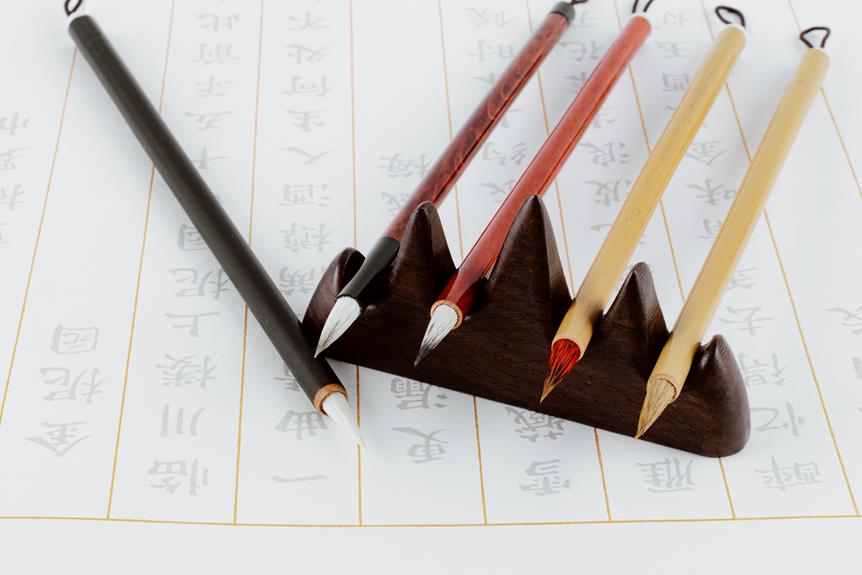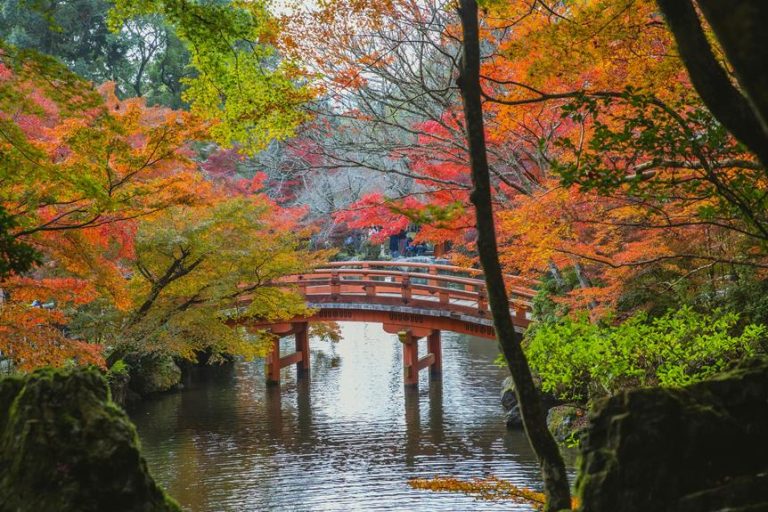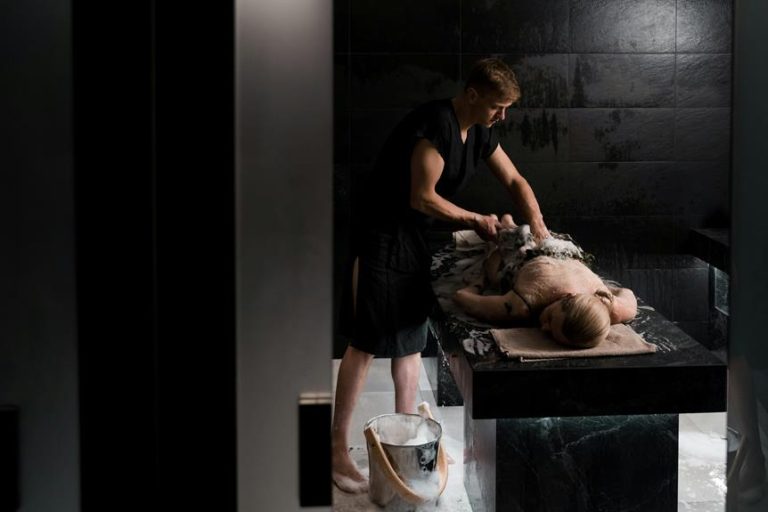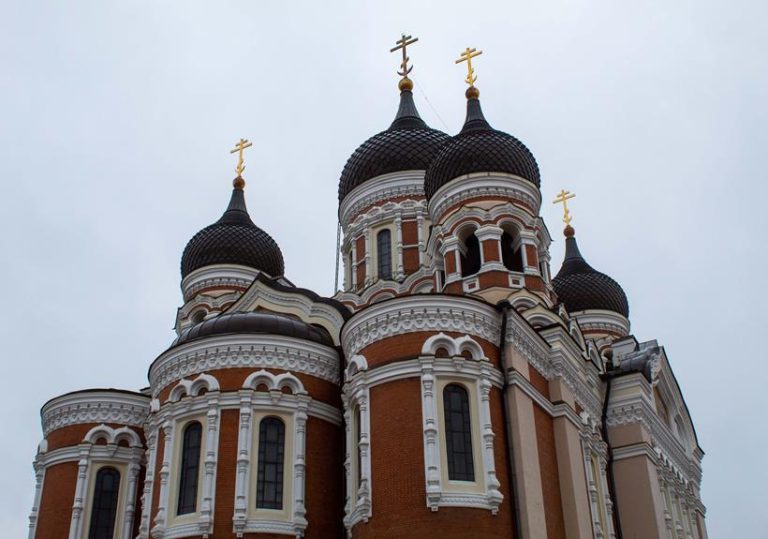7 Tips on Understanding the Cultural Weight of Japanese Saunas
So, you're planning a trip to Japan and you've heard about these magical places called Japanese saunas. Well, let me tell you, there's more to these saunas than meets the eye.
As a professional writer, I'm here to give you a sneak peek into the cultural weight they carry. From the intricate rituals to the unspoken rules, understanding the nuances of Japanese saunas is essential for a truly immersive experience.
So, strap in, folks, because I've got seven tips that will leave you wanting more.
Key Takeaways
- Japanese saunas, or onsen, are deeply rooted in ancient traditions and have significant cultural and historical importance.
- Saunas in Japan are not just for physical relaxation, but also for spiritual purification and healing.
- There are specific rituals, practices, and etiquette to follow in Japanese saunas, emphasizing cleanliness, equality, and respect for nature.
- Adhering to the dress code, including wearing a yukata, and promoting privacy, cleanliness, and a peaceful environment are essential in Japanese saunas.
Historical Significance
Japanese saunas, known as onsen, hold immense historical significance in Japanese culture, with their roots deeply intertwined in the ancient traditions of natural hot spring bathing. The practice of visiting onsen dates back centuries, with hot springs being revered for their healing properties and spiritual connections to nature. In ancient times, onsen were believed to have medicinal benefits for various ailments, and bathing in these hot springs became a cleansing ritual for both the body and the soul.
The historical significance of onsen is also influenced by Buddhist monks who used hot springs for purification and relaxation. They incorporated onsen bathing rituals into their practices, emphasizing the therapeutic powers of natural hot spring waters. These rituals became an integral part of Japanese onsen culture, reflecting a deep respect for nature and its ability to heal.
Comparatively, the historical significance of onsen sets them apart from other forms of bathing. While bathing can be seen as a daily hygienic routine in many cultures, onsen bathing transcends mere cleanliness. It's a holistic experience that combines physical rejuvenation with spiritual purification. This unique combination of hot springs and cleansing rituals has been passed down through generations, and continues to be cherished as an important cultural tradition in Japan.
Traditional Rituals and Practices
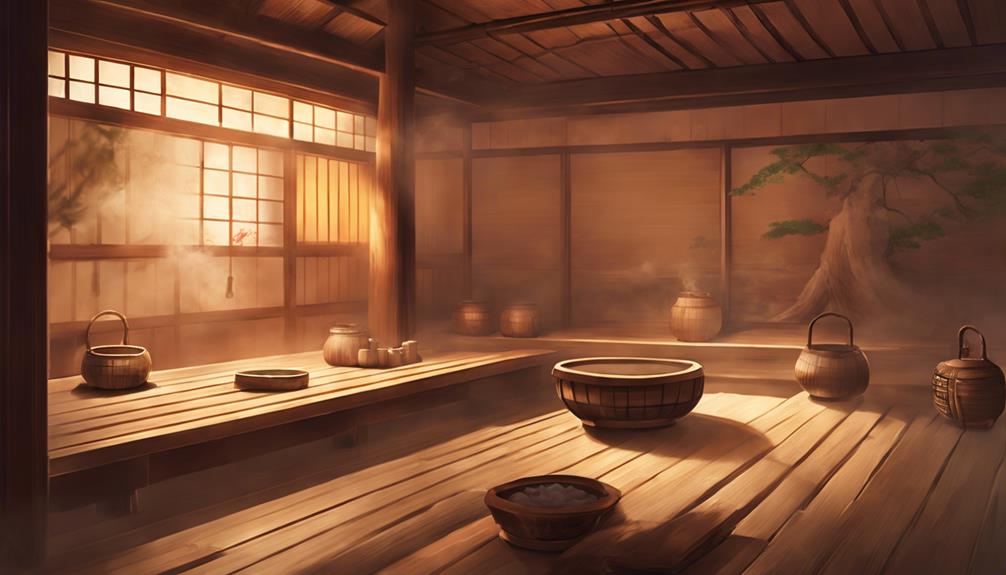
After exploring the historical significance of onsen in Japanese culture, it's essential to delve into the traditional rituals and practices that make these natural hot spring baths truly unique. Sauna culture in Japan is deeply rooted in tradition, and there are specific customs and rituals that visitors are expected to follow when entering an onsen. Here are some key aspects of the traditional rituals and practices:
- Mineral-rich hot pools: Onsen typically feature hot pools filled with mineral-rich water, known for their therapeutic properties. These pools are carefully maintained and offer visitors a soothing and relaxing experience.
- Cold baths for cooling off: After soaking in the hot pools, it's customary to cool off in cold baths. This contrast in temperature is believed to have a revitalizing effect on the body.
- Designated washing areas: Before entering the pools, visitors are required to thoroughly wash themselves in designated washing areas. This practice ensures cleanliness and hygiene for all visitors.
- Equality among visitors: Onsen emphasize equality among all visitors, regardless of age. It's common to see older naked Japanese individuals frequenting these baths, creating an inclusive and non-discriminatory atmosphere.
- Strict rules: Onsen have strict rules that must be followed, such as gender-separated areas, a ban on clothing, and no entry for individuals with visible tattoos. These rules help maintain the traditional and respectful atmosphere of these baths.
Onsen Etiquette

To navigate the traditional customs and expectations of a Japanese onsen, understanding onsen etiquette is essential. In Japan, onsen refers to hot springs, which hold great significance in Japanese culture.
One important aspect of onsen etiquette is the separation of genders in bathing areas. Men and women have their own designated spaces, and it's strictly forbidden to wear any clothing while bathing in the hot springs.
It's also worth noting that visible tattoos may prohibit entry to some onsens. This is due to the traditional association of tattoos with the Yakuza, a Japanese organized crime syndicate.
Before entering the hot springs, it's mandatory to thoroughly clean oneself in order to maintain hygiene standards. This includes washing and rinsing the body outside the hot spring area.
Additionally, it's customary to remove one's shoes and personal belongings before entering the onsen. This practice is meant to create a sense of equality among visitors, fostering a harmonious and relaxed environment for all.
Understanding and respecting these onsen etiquette practices will ensure a more enjoyable and culturally immersive experience.
Symbolism and Cultural Beliefs
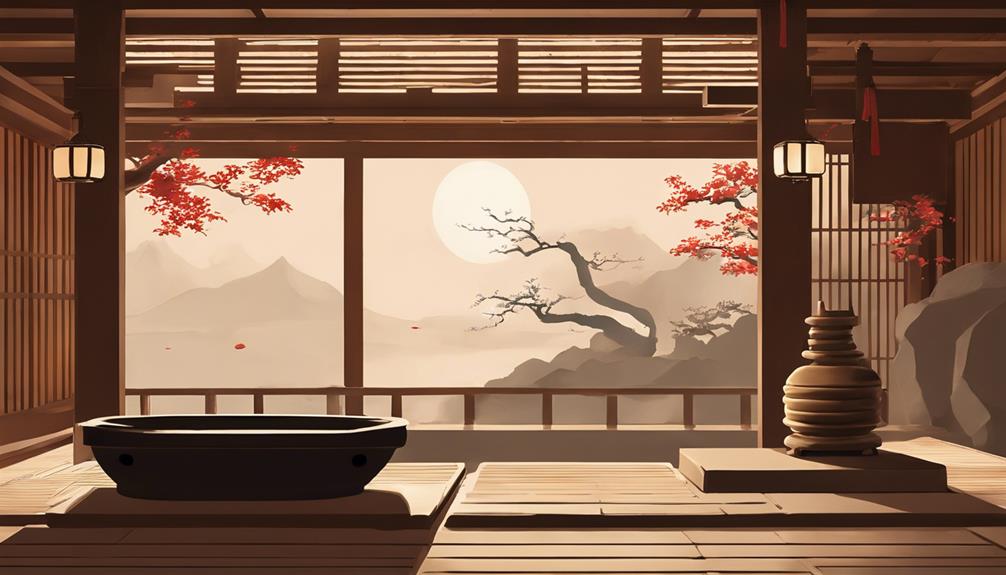
Understanding the symbolism and cultural beliefs surrounding Japanese saunas provides insight into the deep-rooted traditions and spiritual significance associated with these sacred spaces. Japanese saunas, known as onsen, aren't merely places to relax and unwind; they're revered for their healing properties and ritualistic practices. Here are some key aspects that contribute to the symbolism and cultural beliefs of Japanese saunas:
- Purification: The act of cleansing before entering the hot springs symbolizes purification and respect for the natural elements. It's believed to cleanse both the body and the soul.
- Healing properties: Japanese saunas are believed to possess healing properties that promote physical and spiritual well-being. The hot spring waters are said to alleviate various ailments and rejuvenate the body.
- Shinto beliefs: Traditional Japanese saunas are deeply rooted in Shinto beliefs, which emphasize harmony with nature and the importance of ritualistic practices. This connection to spirituality is ingrained in the sauna experience.
- Mineral symbolism: Symbolism in Japanese saunas often includes the use of specific minerals in the hot springs. These minerals are believed to have therapeutic effects on the body and mind, further enhancing the healing experience.
- Reverence for tradition: Japanese sauna culture reflects the reverence for tradition and the connection between individuals, nature, and spiritual purification rituals. It's a way to honor the past and maintain cultural heritage.
Attire and Dress Code
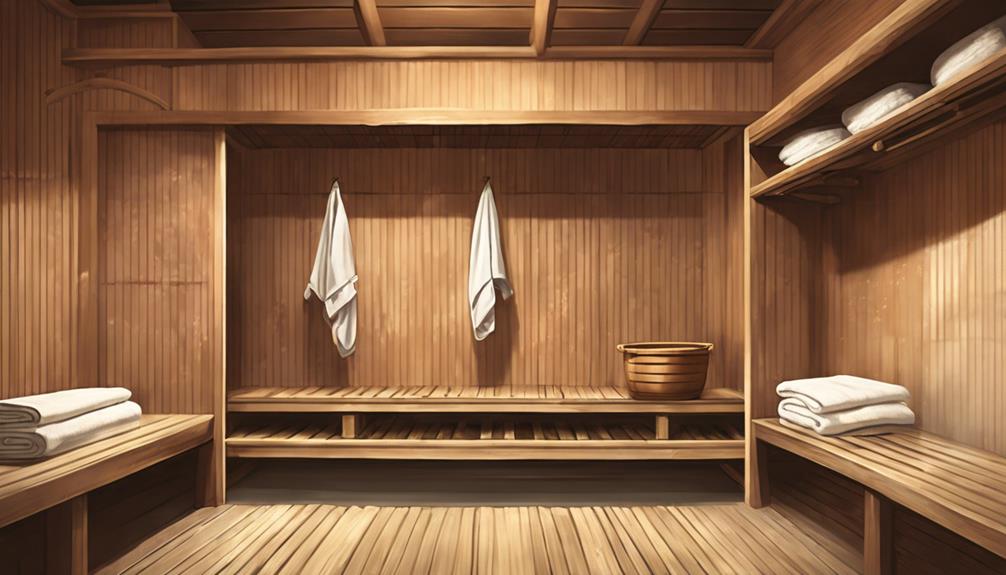
When visiting a Japanese sauna, it's important to adhere to the dress code and wear the provided yukata or robe as part of the traditional attire. The hot sauna experience is deeply rooted in Japanese culture and has specific guidelines for attire. Guests are typically required to remove all clothing, including undergarments, before entering the sauna. This may be unfamiliar or uncomfortable for some visitors, but it's crucial to respect the cultural norms and traditions of Japanese saunas.
To ensure modesty and comfort, it's advisable to bring a small towel to cover oneself while moving between different areas of the sauna. This towel not only provides a sense of privacy but also helps regulate body temperature in the hot sauna environment. Wearing the yukata or robe provided by the sauna establishment adds to the authenticity of the experience and allows guests to fully immerse themselves in Japanese sauna culture.
Understanding and adhering to the specific dress code of Japanese saunas contributes to a more authentic and respectful sauna experience. It shows respect for the cultural significance attached to the sauna, and demonstrates your willingness to embrace local customs. By following the dress code and wearing the appropriate attire, you can fully enjoy the hot sauna experience while also honoring Japanese traditions.
Respect for Others' Privacy
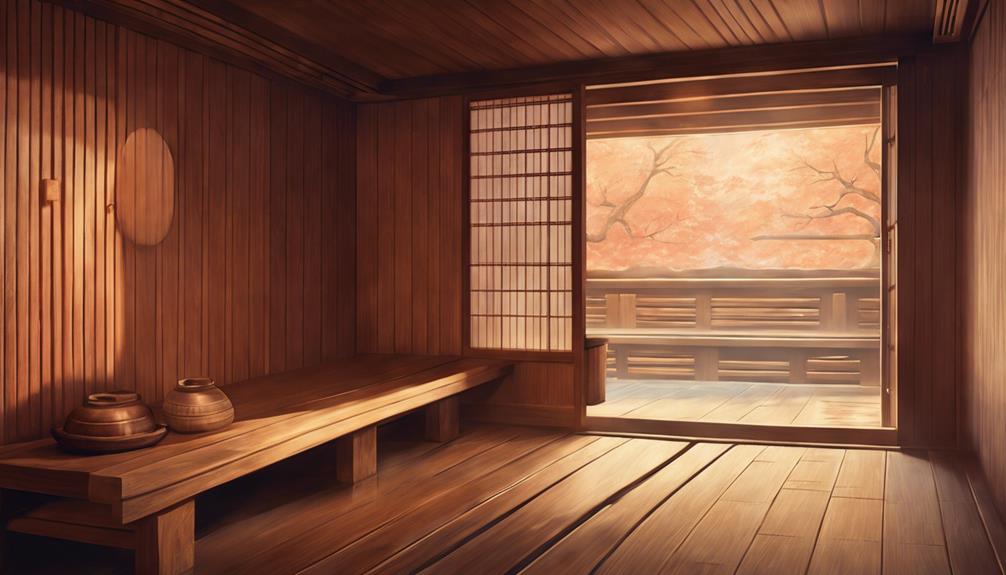
Respecting others' privacy is a fundamental aspect of the Japanese sauna experience, ensuring a tranquil and harmonious environment for all visitors. In Japanese saunas, privacy is highly valued and maintained through the tradition of nudity. This creates a sense of equality among visitors, as everyone is on equal footing without clothing to differentiate them. The emphasis on privacy is further reinforced by the strict adherence to gender-separated areas, ensuring that everyone feels comfortable and respected.
To paint a picture of the respect for others' privacy in Japanese saunas, here are some key points:
- No clothing allowed in the bathing areas: This etiquette ensures that everyone is on the same level and helps to maintain a sense of privacy for all guests.
- Visible tattoos are typically not permitted: This is because tattoos are often associated with criminal organizations in Japan, and allowing them may make other visitors uncomfortable or fearful.
- Gender-separated areas: The separation of men and women in saunas guarantees that everyone has their own private space to relax and enjoy the experience.
- Quiet and serene atmosphere: Visitors are expected to maintain a peaceful environment, speaking softly and avoiding disruptive behavior to respect others' privacy.
- Respect for personal space: Visitors are encouraged to give each other space, avoiding overcrowding and invasion of personal privacy.
Local Customs and Taboos

To fully appreciate the Japanese sauna experience, it's essential to familiarize oneself with the local customs and taboos surrounding this cultural tradition. In Japanese saunas, there are certain customs and taboos that visitors should be aware of to ensure a respectful and enjoyable experience. Firstly, it's considered taboo to enter a Japanese sauna with visible tattoos, as they're often associated with the Yakuza, the Japanese mafia. This is because tattoos have historically been used as a symbol of membership within the criminal organization. Therefore, it's important to cover any tattoos before entering a Japanese sauna to avoid causing discomfort or offense to others.
Another important custom to observe in Japanese saunas is thorough washing before entering the hot pools. In Japan, cleanliness is highly valued, and it's expected that visitors will thoroughly wash themselves before entering the bathing area. This isn't only for personal hygiene reasons but also to show respect for others sharing the sauna space.
Additionally, traditional Japanese saunas typically have gender-separated areas where clothing isn't allowed. It's customary for visitors to remove their shoes and belongings before entering the bathing areas. By following these customs, visitors can show respect for the Japanese culture and contribute to a harmonious sauna experience.
Frequently Asked Questions
What Are the Different Types of Japanese Saunas?
There are two types of Japanese saunas: traditional onsen and modern sento. Onsen are natural hot spring baths, often outdoors, offering a spiritual and natural experience. Sento are indoor bathhouses with amenities for relaxation and cleansing.
How Does a Traditional Sauna Work?
A traditional sauna works by using heated rocks or stoves to create high temperatures. Water is poured over the rocks to produce steam and increase humidity. Sitting or lying in the sauna induces sweating and promotes relaxation, while ventilation controls temperature. Regular use of traditional saunas has various health benefits.
How Does the Cultural Tradition of the Sauna Support Wellbeing?
The cultural tradition of Japanese saunas supports wellbeing by incorporating mindfulness and communal bathing. It promotes mental health through relaxation, stress reduction, and a connection to nature. The onsen rituals provide a unique experience that fosters balance and harmony.
Why Am I Not Sweating in the Sauna?
I'm not sweating in the sauna because my body might not be sufficiently heated yet. Factors like dehydration, low room temperature, and short sessions can also contribute. It's important to stay hydrated and consider longer sessions or increasing the temperature.
Conclusion
In conclusion, after my immersive journey into the world of Japanese saunas, I can confidently say that the cultural weight of these establishments is truly mind-boggling. From the meticulous pre-bathing cleaning rituals to the intricate symbolism and beliefs, every aspect is steeped in tradition.
The presence of segregated sections and the perception of tattoos only adds another layer of complexity. By understanding and respecting these customs, visitors can truly appreciate the depth and significance of the Japanese onsen culture.
So, embrace the steam, but tread carefully, my friends!

